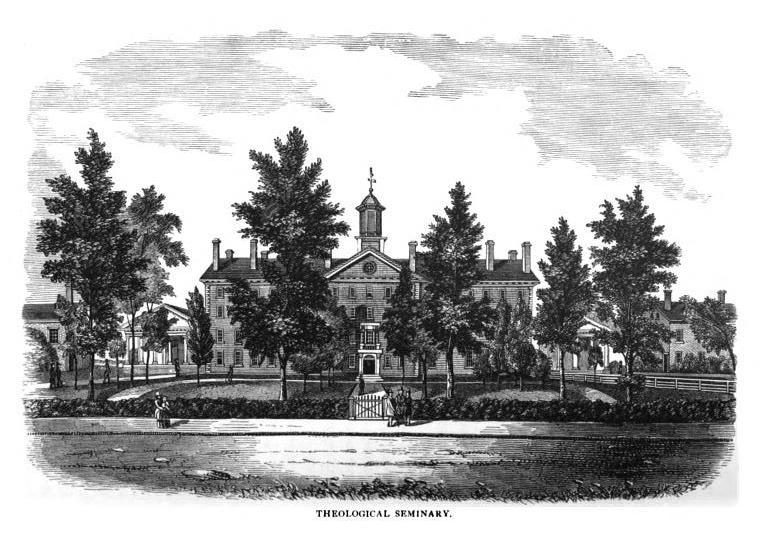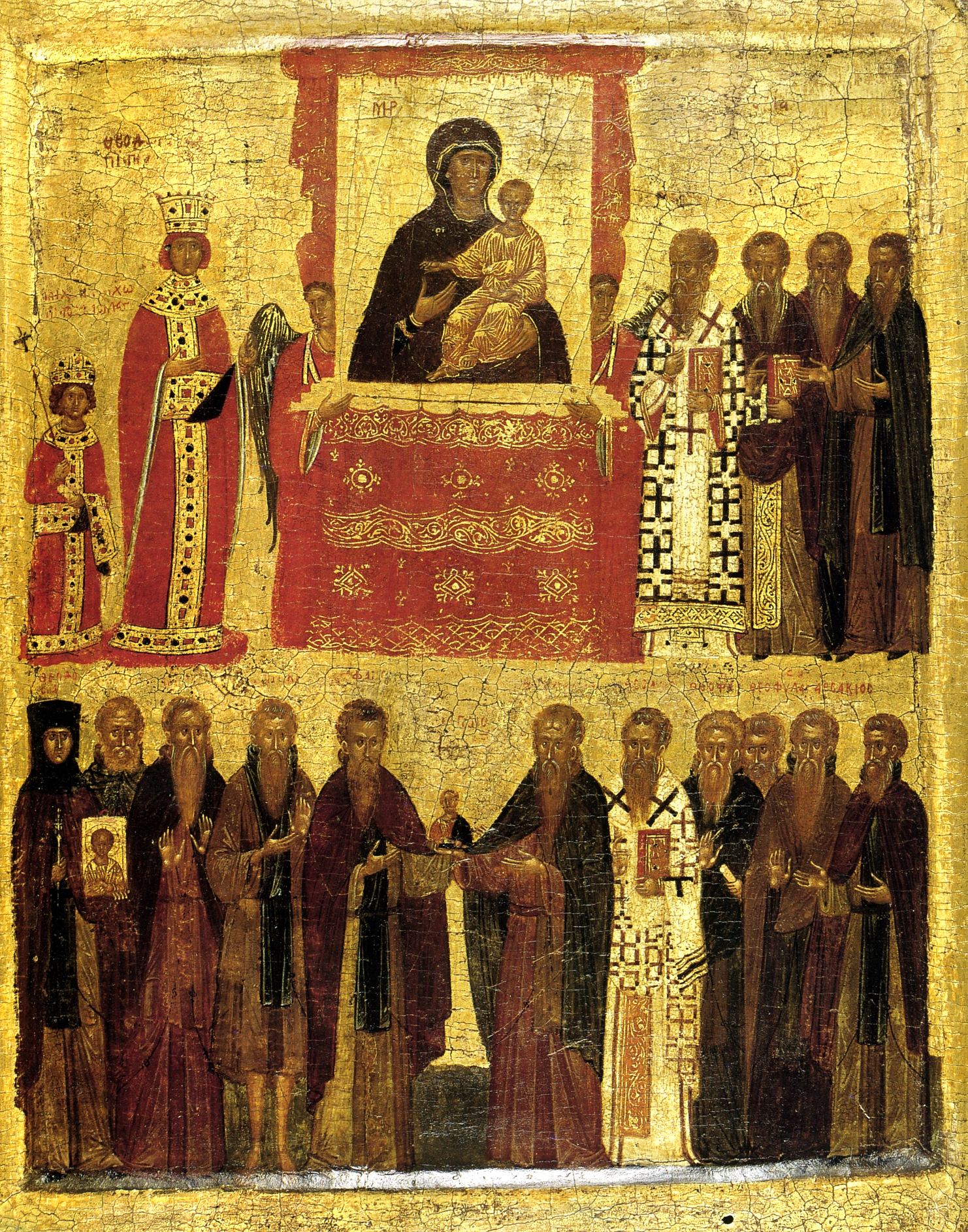|
Donghwasa
Donghwasa (), also Donghwa Temple, is a Buddhist temple of the Jogye Order in Dong District, Daegu, South Korea. The temple is located on the south side of the mountain Palgongsan in the north of the city. History Donghwasa was originally established as Yugasa in 493 by Ven. Geukdal. According to the Donghwasa Record Monument, erected in 1931, it was renamed by Patriarch Ven. Simji in 832. The name "Donghwa (桐華; literally 'Korean paulownia flower')" came from a legend that the Korean paulownia bloomed even in winter at that time so people regarded it as an auspicious sign. According to the ''Samguk yusa'', Vinaya Master Jinpyo gave some bones with sutras engraved on them to Ven. Yeongsim, who later gave them to Patriarch Simji. In trying to decide where to enshrine these bones, Patriarch Ven. Simji climbed a mountaintop, along with the two gods of Mt. Jungak, one of Silla's five sacred mountains, and threw them toward the west. The bones blew away in the wind and lande ... [...More Info...] [...Related Items...] OR: [Wikipedia] [Google] [Baidu] |
Jogye Order
The Jogye Order, officially known as the Jogye Order of Korean Buddhism, (대한불교조계종, 大韓佛敎 曹溪宗), is the leading order of traditional Korean Buddhism, with roots dating back 1,200 years to the late Silla period. Around 820 CE, National Master Doui introduced Seon (Zen in the West) and the teachings of the Sixth Patriarch, Huineng, from China. The order's name, Jogye, originates from the village where Huineng's home temple, Nanhua Temple, is located.(). The Jogye Order rose to prominence in the late 11th century when the monk Jinul combined the direct practices of Korean Seon with the theological foundations of sutra-based Buddhist schools and Pure Land Buddhism. By 1994, the Jogye Order oversaw 1,725 temples, 10,056 clerics, and had 9,125,991 adherents. The international Kwan Um School of Zen, a Jogye school, was founded by Seon Master Seungsahn, the 78th Patriarch, who received dharma teachings from Seon Master Gobong. History The original "Ni ... [...More Info...] [...Related Items...] OR: [Wikipedia] [Google] [Baidu] |
Palgongsan
Palgongsan, also Palgong Mountain, and previously called Gongsan, also Gong Mountain during the Later Three Kingdoms period, is a mountain in southeastern South Korea, lying on an outlier of the Taebaek range. It stands on the northeastern border between Daegu and North Gyeongsang Province (including the districts of Chilgok County, Gunwi County, Yeongcheon, and Gyeongsan). Its peak is 1193 m above sea level. The mountain is the site of a number of cultural and natural heritage sites. These include Buddhist shrines from the Silla period or later, including the large and active temple of Donghwasa and the Gunwi Triad Budda Grotto (National Treasure 109). In addition, in the 9th month of 927, the ) was fought between Hubaekje and Goryeo forces on the mountain's southern slope. Natural treasures include the stone Buddha statue of Gatbawi, so-called due to its stone hat which resembles the traditional Korean horsehair hat, or '' gat''. The mountain, connected to downtown Dae ... [...More Info...] [...Related Items...] OR: [Wikipedia] [Google] [Baidu] |
Buddhist Temples In South Korea
Buddhist temples are an important part of the Korean landscape. Most Korean temples have names ending in ''-sa'' (), which means "monastery" in Sino-Korean vocabulary, Sino-Korean. Many temples participate in the Templestay program, where visitors can experience Buddhist culture and even stay at the temple overnight. Background A distinctive form of Buddhism evolved in Korea. This was facilitated by the geographical location and cultural conditions. Buddhism first arrived in Korea in 372 in Goguryeo. In 374 the influential Han Chinese monk Ado arrived in the kingdom and inspired King Sosurim of Goguryeo the following year. The first two temples Seongmunsa and Ilbullansa were built in 375 on the order of the king. Buddhism soon became the national religion of Goguryeo. With the advent of Taoism in 624 the rulers began to suppress Buddhism and its importance quickly declined. The Baekje Kingdom, on the other hand, flourished under the influence of Buddhism. In 552 Buddhist scriptu ... [...More Info...] [...Related Items...] OR: [Wikipedia] [Google] [Baidu] |
Temple Stay
Templestay () is a cultural program offered in numerous Korean Buddhist temples, South Korean Buddhist temples. Templestay allows participants to experience the life of Buddhist practitioners and learn the various aspects of Korean Buddhist culture and history through stories told by monks. The Templestay program has been operating since the 2002 FIFA World Cup. Origin Templestay is an experiential program in Korean Buddhism initiated by the Jogye Order of Korean Buddhism at the onset of the 2002 World Cup. During its 1,700 years of history, Korean Buddhism has preserved and passed down Ganhwa Seon practice, a kind of Seon (Zen) meditation. Every year during the retreat seasons of summer and winter, about 2,500 monastics enter a 100-day meditation retreat in one of the 100 temples nationwide. This is a unique Korean tradition in the sphere of Mahayana, Mahayana Buddhism. This tradition has influenced the architectural layout of temples and monastic life over the years, and one ... [...More Info...] [...Related Items...] OR: [Wikipedia] [Google] [Baidu] |
Tourist Attractions In Daegu
Tourism is travel for pleasure, and the commercial activity of providing and supporting such travel. UN Tourism defines tourism more generally, in terms which go "beyond the common perception of tourism as being limited to holiday activity only", as people "travelling to and staying in places outside their usual environment for not more than one consecutive year for leisure and not less than 24 hours, business and other purposes". Tourism can be domestic (within the traveller's own country) or international. International tourism has both incoming and outgoing implications on a country's balance of payments. Between the second half of 2008 and the end of 2009, tourism numbers declined due to a severe economic slowdown (see Great Recession) and the outbreak of the 2009 H1N1 influenza virus. These numbers, however, recovered until the COVID-19 pandemic put an abrupt end to the growth. The United Nations World Tourism Organization has estimated that global international tourist a ... [...More Info...] [...Related Items...] OR: [Wikipedia] [Google] [Baidu] |
Buildings And Structures In Daegu
A building or edifice is an enclosed structure with a roof, walls and windows, usually standing permanently in one place, such as a house or factory. Buildings come in a variety of sizes, shapes, and functions, and have been adapted throughout history for numerous factors, from building materials available, to weather conditions, land prices, ground conditions, specific uses, prestige, and aesthetic reasons. To better understand the concept, see ''Nonbuilding structure'' for contrast. Buildings serve several societal needs – occupancy, primarily as shelter from weather, security, living space, privacy, to store belongings, and to comfortably live and work. A building as a shelter represents a physical separation of the human habitat (a place of comfort and safety) from the ''outside'' (a place that may be harsh and harmful at times). buildings have been objects or canvasses of much artistic expression. In recent years, interest in sustainable planning and building practi ... [...More Info...] [...Related Items...] OR: [Wikipedia] [Google] [Baidu] |
Buddhist Temples Of The Jogye Order
Buddhism, also known as Buddhadharma and Dharmavinaya, is an Indian religion and philosophical tradition based on teachings attributed to the Buddha, a wandering teacher who lived in the 6th or 5th century BCE. It is the world's fourth-largest religion, with about 500 million followers, known as Buddhists, who comprise four percent of the global population. It arose in the eastern Gangetic plain as a movement in the 5th century BCE, and gradually spread throughout much of Asia. Buddhism has subsequently played a major role in Asian culture and spirituality, eventually spreading to the West in the 20th century. According to tradition, the Buddha instructed his followers in a path of development which leads to awakening and full liberation from '' dukkha'' (). He regarded this path as a Middle Way between extremes such as asceticism or sensual indulgence. Teaching that ''dukkha'' arises alongside attachment or clinging, the Buddha advised meditation practices and eth ... [...More Info...] [...Related Items...] OR: [Wikipedia] [Google] [Baidu] |
493 Establishments
Year 493 (Roman numerals, CDXCIII) was a common year starting on Friday of the Julian calendar. At the time, it was known as the Year of the Consulship of Caecina Decius Faustus Albinus, Albinus and Eusebius (consul 489), Eusebius (or, less frequently, year 1246 ''ab urbe condita''). The denomination 493 for this year has been used since the early medieval period, when the Anno Domini calendar era became the prevalent method in Europe for naming years. Events By place Byzantine Empire * Isaurian War: Claudiopolis (Cappadocia), Claudiopolis, ancient city of Cappadocia, is besieged and captured by the Roman Empire, Romans. The Isaurians blockade the mountain passes, but John the Hunchback (John ''Gibbo'') wins an overwhelming victory against the rebels. Ireland * March – Battle for the Body of St. Patrick: The Uí Néill Dynasty fights over the body of Saint Patrick with the Airgialla Kingdom (according to the ''Annals of the Four Masters''). Europe * Februar ... [...More Info...] [...Related Items...] OR: [Wikipedia] [Google] [Baidu] |
Korean Buddhism
Korean Buddhism is distinguished from other forms of Buddhism by its attempt to resolve what its early practitioners saw as inconsistencies within the Mahayana Buddhist traditions that they received from foreign countries. To address this, they developed a new holistic approach to Buddhism that became a distinct form, an approach characteristic of virtually all major Korean thinkers. The resulting variation is called '' Tongbulgyo'' ("interpenetrated Buddhism"), a form that sought to harmonize previously arising disputes among scholars (a principle called ''hwajaeng'' 和諍). Centuries after Buddhism originated in India, the Mahayana tradition arrived in China through the Silk Road in the 1st century CE via Tibet; it then entered the Korean peninsula in the 4th century during the Three Kingdoms Period, from where it was transmitted to Japan. In Korea, it was adopted as the state religion of 3 constituent polities of the Three Kingdoms Period, first by the Goguryeo (also kno ... [...More Info...] [...Related Items...] OR: [Wikipedia] [Google] [Baidu] |
Christian Fundamentalism
Christian fundamentalism, also known as fundamental Christianity or fundamentalist Christianity, is a religious movement emphasizing biblical literalism. In its modern form, it began in the late 19th and early 20th centuries among British and American ProtestantsMarsden (1980), pp. 55–62, 118–23. as a reaction to theological liberalism and cultural modernism. Fundamentalists argued that 19th-century modernist theologians had misunderstood or rejected certain doctrines, especially biblical inerrancy, which they considered the fundamentals of the Christian faith.Sandeen (1970), p. 6 Fundamentalists are almost always described as upholding beliefs in biblical infallibility and biblical inerrancy, in keeping with traditional Christian doctrines concerning biblical interpretation, the role of Jesus in the Bible, and the role of the church in society. Fundamentalists usually believe in a core of Christian beliefs, typically called the "Five Fundamentals". These arose from ... [...More Info...] [...Related Items...] OR: [Wikipedia] [Google] [Baidu] |
Iconoclasm
Iconoclasm ()From . ''Iconoclasm'' may also be considered as a back-formation from ''iconoclast'' (Greek: εἰκοκλάστης). The corresponding Greek word for iconoclasm is εἰκονοκλασία, ''eikonoklasia''. is the social belief in the importance of the destruction of icons and other images or monuments, most frequently for religious or political reasons. People who engage in or support iconoclasm are called iconoclasts, a term that has come to be figuratively applied to any individual who challenges "cherished beliefs or venerated institutions on the grounds that they are erroneous or pernicious." Conversely, one who reveres or venerates religious images is called (by iconoclasts) an ''Iconolatry, iconolater''; in a Byzantine context, such a person is called an ''iconodule'' or ''iconophile.'' Iconoclasm does not generally encompass the destruction of the images of a specific ruler after their death or overthrow, a practice better known as ''damnatio memoriae'' ... [...More Info...] [...Related Items...] OR: [Wikipedia] [Google] [Baidu] |






